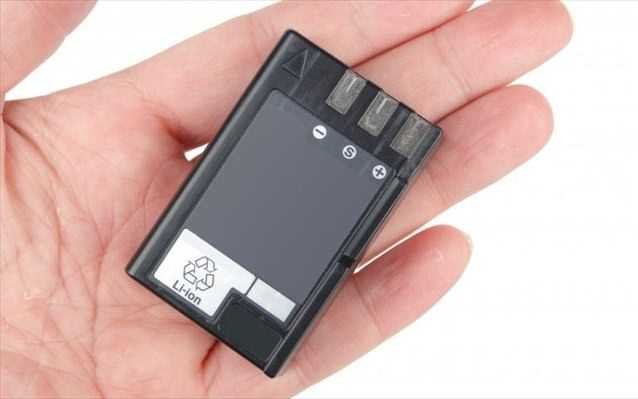An innovative architecture for lithium-ion battery anodes that could allow portable electronic devices to be charged in 10 minutes instead of hours has been developed by researchers at the University of California, Riverside Bourns College of Engineering.
Lithium-ion batteries are rechargeable batteries choices for mobile devices and electric vehicles, however, they present some problems. Batteries in electric vehicles are an important part of the vehicle's mass, while in mobile devices they act as an obstacle to downsizing.
Silicon is a kind of anodic material that gathers interest because its overall charging capacity is 10 times higher than the graphite-based anode of lithium-ion batteries. Replacing an anodised toner with silicon anodes would result in an increase in the total capacity by 63% and a battery that would be by 40% lighter and smaller.

Researchers Stingiz and Miriam Ozkan, professors at the University of California at Bourns College of Engineering.
In a paper titled Silicon Decorated Cone Shaped Carbon Nanotube Clusters for Lithium Ion Battery Anode, published in SMALL, UC Riverside researchers present the development of an innovative structure/architecture on this very object. Lithium-ion batteries based on it show very good performance. This particular architecture exhibits excellent electrochemical stability and reversibility, even at high charge and discharge rates—about 16 times faster than graphite-based anodes.
The head of the paper is Wei Wang. Among the other contributors include Stingiz and Miriam Ozkan, Elizabeth Rouge, Kazi Ahmed, Hammed Bey, Aaron George and Johnny Wang.
Source: naftemporiki.gr






